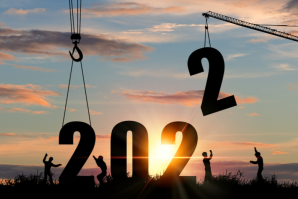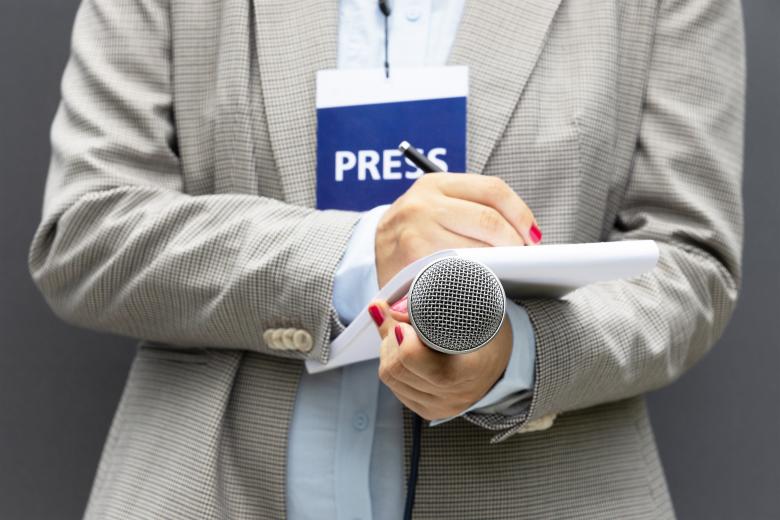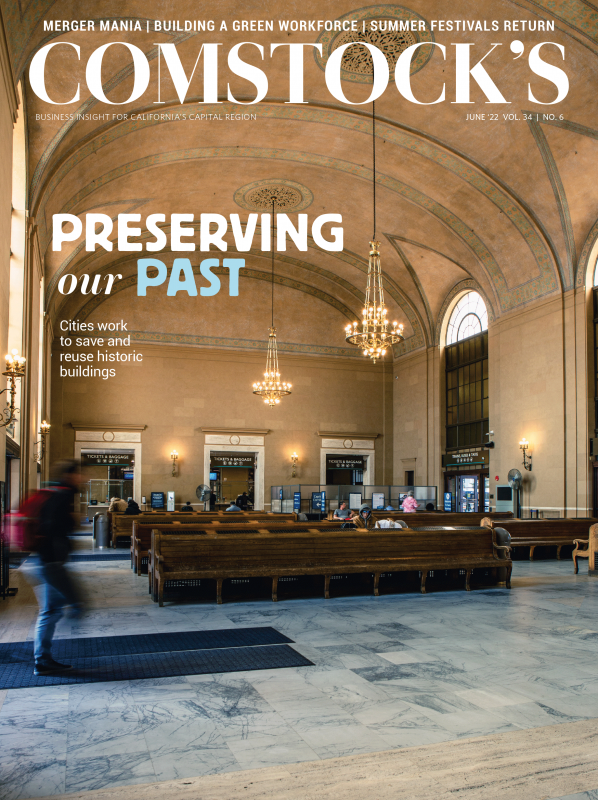My first journalism professor looked like an editor out of central casting. Herb Jackson was balding, serious and wore his bifocals on a chain around his neck, lifting them up to peer out from behind them when he was making a point. He came from that old school of journalism (which I miss so much) that taught “Just the facts, Ma’am,” an ode to hard-nosed Detective Joe Friday of TV’s “Dragnet” series.
That message was repeatedly reinforced when I worked as a reporter-editor for The Associated Press in Los Angeles, its second-largest bureau. Veteran editors would carefully scrutinize the copy for grammar, facts and God forbid, any hint of bias or opinion. This was essential as the AP served more than 10,000 newspapers and TV and radio stations worldwide. Any breach of opinion could affect its facts-only reputation.
I brought that discipline with me when I worked at KFBK radio as its news director and senior editor for 20 years, training more than 100 writers and producers who now work in major markets around the U.S.
But things have changed. There was a time not too long ago where you could read the newspaper and watch TV news without yelling back at the report you just read or saw. In the past decade, there’s been an earthquake of distrust in the news media. A 2021 Gallup poll revealed that more than three-quarters of Americans have a consistent lack of trust in media.
As a lifelong journalist who has worked on both coasts, it saddens me terribly to see opinion and bias seep into news reporting. It can be blatant, such as quoting sources that only support one side, or subtle, like intentionally using unflattering photos in a story.
I see news integrity eroded on a daily basis. Quotes are cropped to give only a partial meaning and not the full context, or stories being staged, such as a reporter asking someone to walk up and jiggle the door on a business to show it’s been closed.
So how did this happen? There are several factors. One in five newspapers — about 2,000 — have closed in the past 15 years, according to The New York Times. That has led to 26 percent of journalists — more than 30,000 people — losing their jobs, says a report by the Pew Research Center. The domino effect is not just job loss; typically, veteran reporters with extensive experience are the first to go due to their well-earned higher salaries. They are no longer around to mentor young journalists in what’s right and wrong in reporting stories.
The other contributing factor is social media. Twitter and Facebook have made it easy for anyone to share stories written by anyone and claim them as fact even if the writers don’t work for a credible news agency. It upsets me when friends and even family share false information.
But even though trust in news has taken a big hit, credible news reporting is needed more than ever, and we are getting it. Currently, the news media is bringing us stark images showing the atrocities of the Russia-Ukraine war or government mismanagement, such as the $31 billion Employment Development Department fraud. And journalists have been risking their lives to bring you the news. Ninety-five journalists were killed in the line of duty in 2021, according to the International Federation of Journalists. At least half a dozen have been killed so far this year in the Russia-Ukraine war.
We are serious about the content we produce here at Comstock’s. Insightful writing and strong storytelling have been our bedrock for more than three decades. We bring you stories and news of the Capital Region that affect your businesses and your lives.
I’m thrilled and honored to be the new editor of Comstock’s. I look forward to continuing the quality journalism that has won us numerous awards. Each story goes through a rigorous editing process, with two editors checking for accuracy, grammar, writing flow and fairness. The story is then passed to the copy editor who does a deep background check on each fact. Winnie Comstock-Carlson is our final proofreader, bringing her extensive experience and connection to the community.
I look forward to bringing you the unique brand of local journalism Comstock’s is known for. And it’s okay to yell at your TV once in a while, knowing that there are committed journalists working to bring you the truth — or just the facts, Ma’am.
Judy Farah
Editor
–
Stay up to date on business in the Capital Region: Subscribe to the Comstock’s newsletter today.
Recommended For You

Voltage for a New Electric Economy
The shift to electric transportation is coming. Comstock’s president and publisher considers the benefits and challenges the transition may present the Capital Region.

Resilience Is the Secret to Long-Term Success
Comstock’s president and publisher talks about bouncing back from adversity, recovering from a setback and staying on course to reach a goal.

Looking for Potential in 2022
Setbacks aren’t the exception, they’re the rule. Comstock’s president and publisher reflects on the challenges faced not only during the pandemic, but throughout a lifetime, and considers how they’ve strengthened her outlook.

A Time for Contemplation — and Innovation
Comstock’s outgoing editor considers the Great Resignation and the ways the pandemic has reshaped how the world sees work.





Comments
What a refreshing piece to read of honesty of the situation today and some insights I was not aware of. Glad to have you as the new editor and congrats on the position.
Congratulations on the position and thank you for your candid and much welcome attitude toward a return to real journalism. The last ten years have been hard on the truth...